How Lenin, Yves Saint Laurent, and Christian Dior laid the foundation for Soviet design
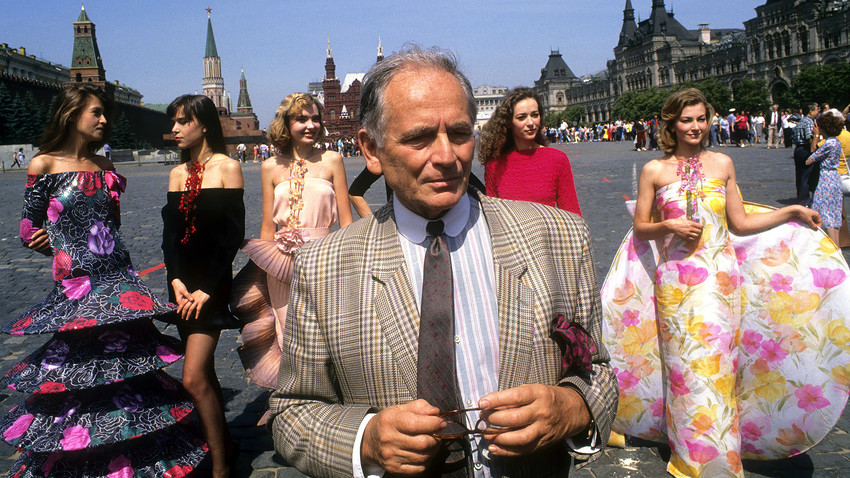
Fashion designer Pierre Cardin and his models at the Red Square in Moscow, Russia, in 1989
Getty Images“Ready for labor and defense” – this Soviet slogan is written in
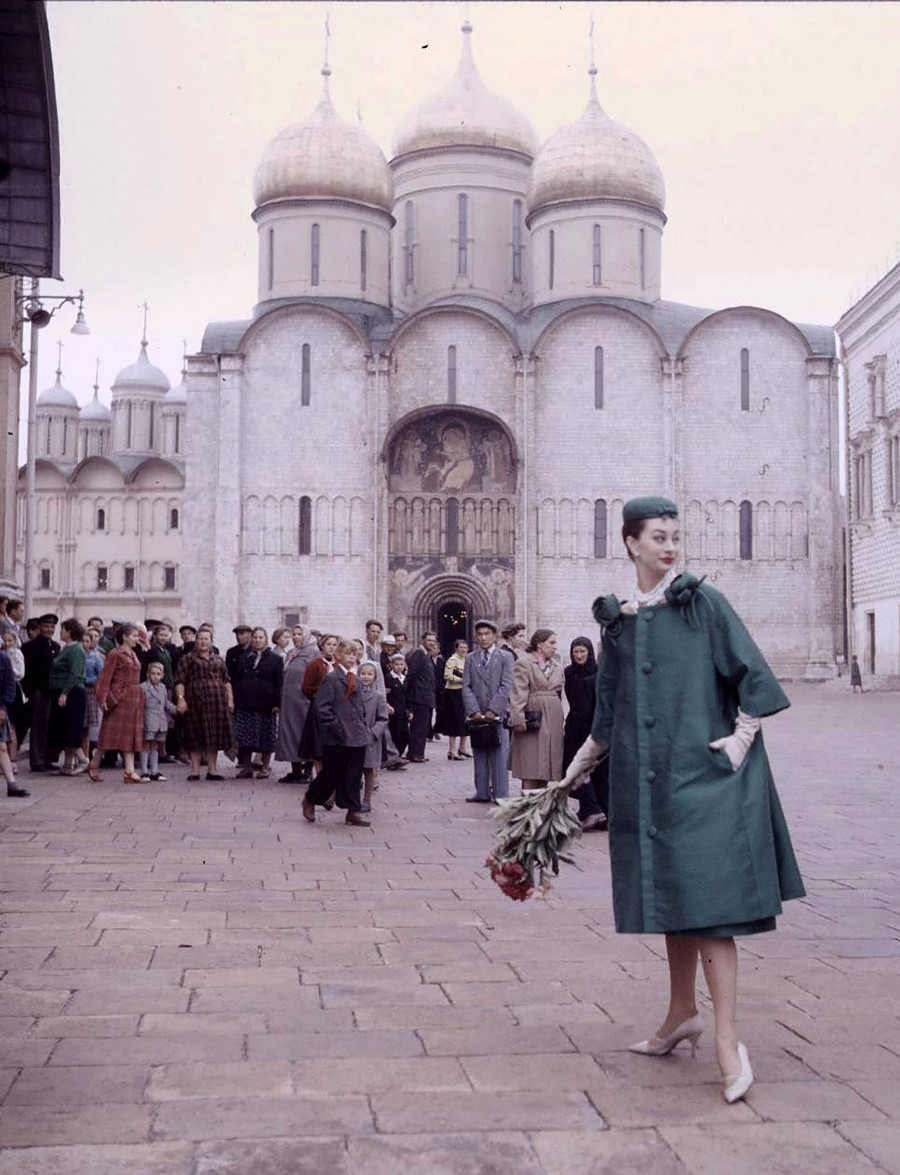
Christian Dior in Moscow - June 1959 by Howard Sochurek
Kristine/FlickrLenin understood the ideological and industrial importance of design. Following Lenin’s decree, in 1920, the "Higher Art and Technical Studios” – a state-controlled art school – was founded in Moscow. The aim of the institution, in Lenin’s words, was “to prepare master artists of the highest qualifications for
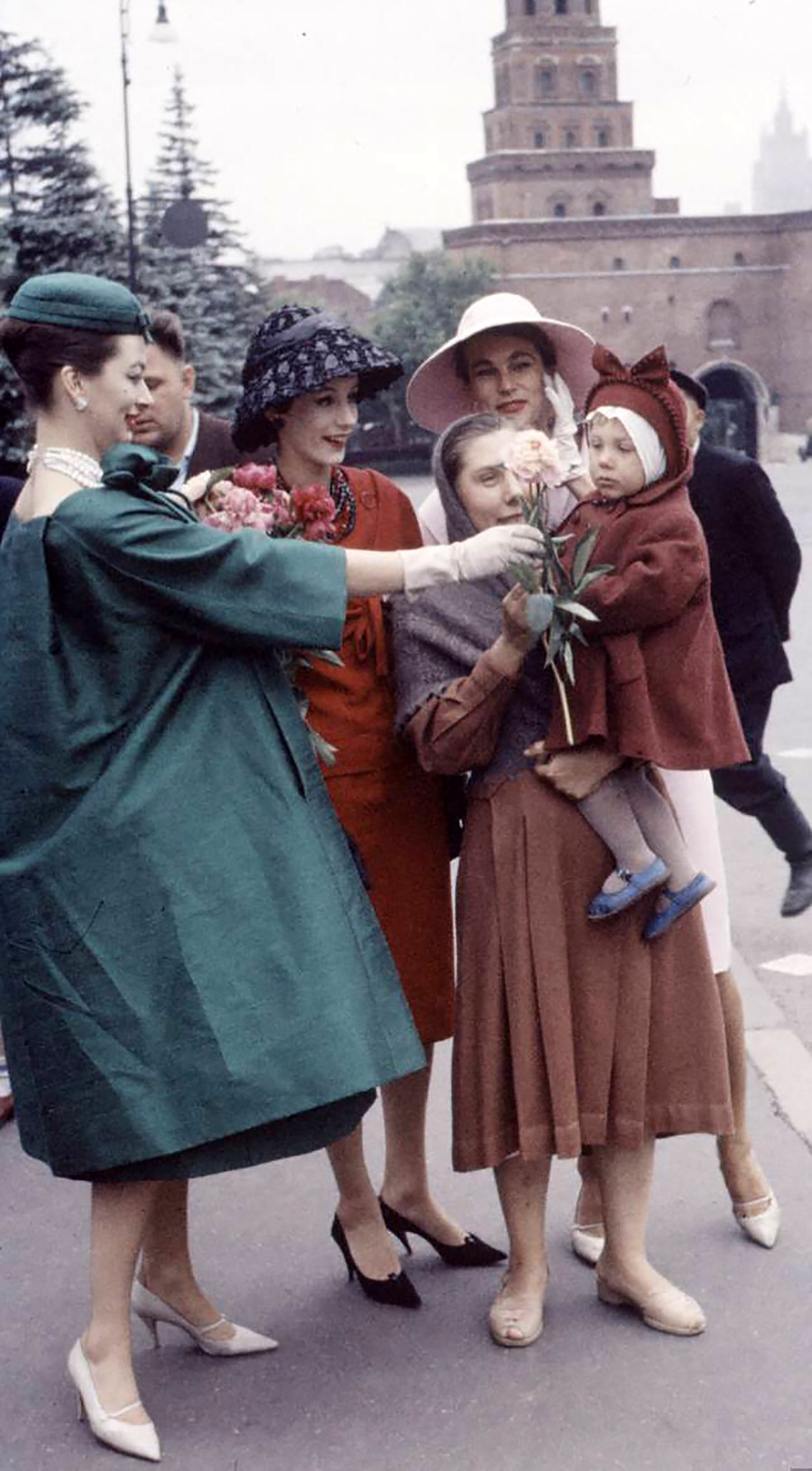
Christian Dior in Moscow - June 1959 by Howard Sochurek
Kristine/FlickrWith a little help from the Prime Minister
During the 1930s and years after WWII, the USSR tightened its control over
Alla Levashova, a designer
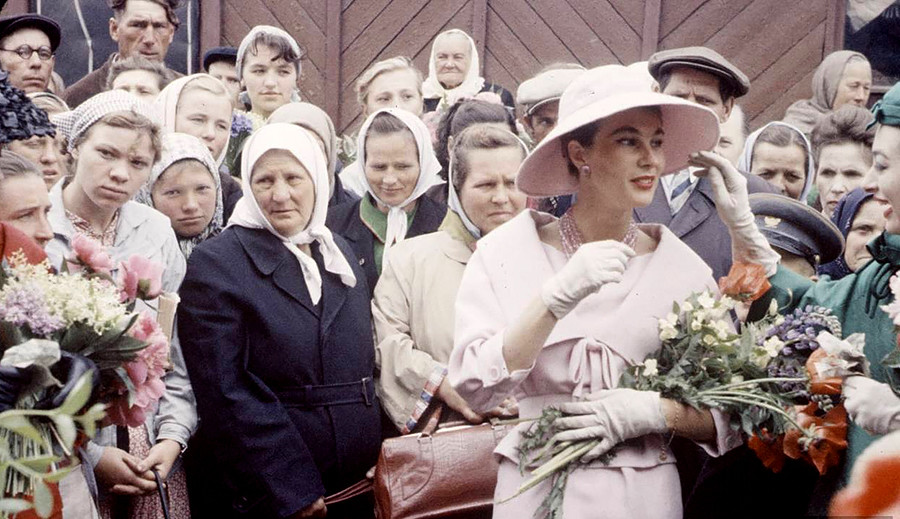
Christian Dior in Moscow - June 1959 by Howard Sochurek
Kristine/Flickr“Some things were unthinkable for Soviet reality. Our designers could work at home, only coming in the office to take part in artistic councils,” Tatyana Kozlova, a Russian designer who worked in the Moscow bureau in late the 1970s, says. “When we saw their works, we understood these people were genius graphic artists.”
Boris Trofimov, a designer who also worked in the bureau, says “the atmosphere was very creative. We brought in everything that could be of use as a reference – old books, tin or porcelain plates, and mugs with pre-revolutionary factory stamps, old pictures of coats of arms,” he recalls. “We studied prehistoric art and art of traditional cultures – and it was the same places where first futurists and constructivists took their inspiration from.”
The bureau created trade logos for all types of industry – from clothes to refrigerators to canned goods, automobiles and what not – it was a centralized, controlled design system like no other.
The woman who made it to Saint Laurent
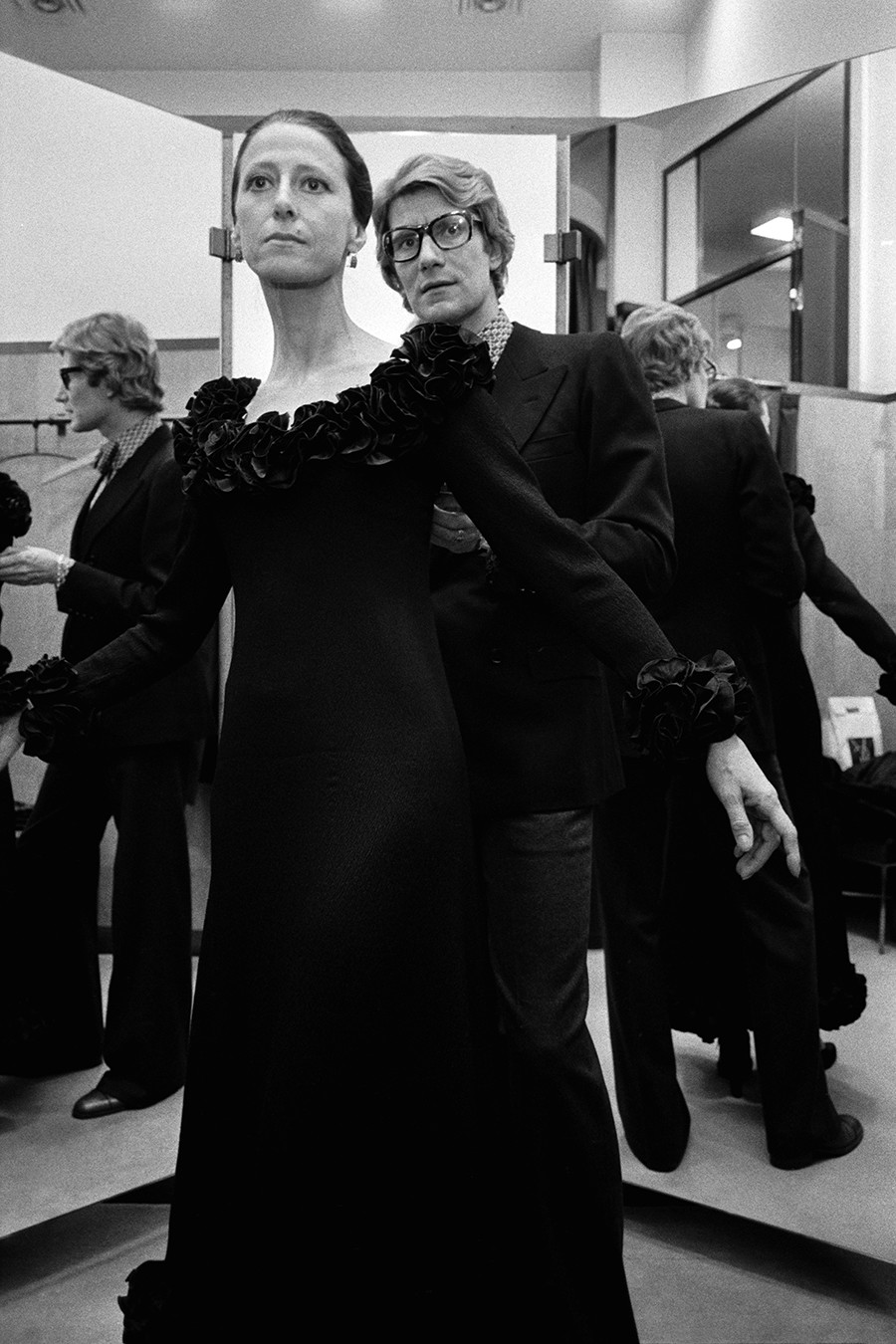
French fashion designer Yves Saint Laurent with Russian ballet dancer Maya Plisetskaya, 1971
Getty ImagesUsing her high society ties, Alla Levashova met the legendary Yves St. Laurent, the artistic director of Christian Dior. From then on, every year new
“But well before Dior’s curves, we had a solid school of clothes construction and
The Russian avant-garde, however, was not the main inspiration for Soviet design, Trofimov argues. “Before the Thaw, we saw little of the Russian avant-garde – it was ideologically ‘wrong’ in Stalin’s times. By the end of the
That doesn’t mean that Soviet fashion blatantly drew from the West. Soviet designers reworked European designs to suit Russian people and meet their aesthetic needs. “Anthropometry of Russian people is different from that of the French,” says Kozlova. “Preserving Dior’s general silhouette, the designers reworked the French curves ordered from Dior to suit the Russian people’s body balance, and the new curves were sent to all Soviet republics, which made Soviet fashion exquisite and refined.”
Into the 21st century
In
Meanwhile, the first Western-style fashion house was set up by designer Slava Zaytsev. Born in Ivanovo, the textile capital of Russia, Zaytsev first became prominent for his calico designs featured in a publication in ‘Paris Match’ magazine. Zaytsev’s main distinction from other Soviet designers was that he was the first one to work under his personal brand – ‘Slava Zaytsev’. Slava’s charismatic persona, his spectacular looks, and bright designs made him stand out of the line of Soviet design workers who seemed more like civil servants to the flamboyant, original European dressmakers
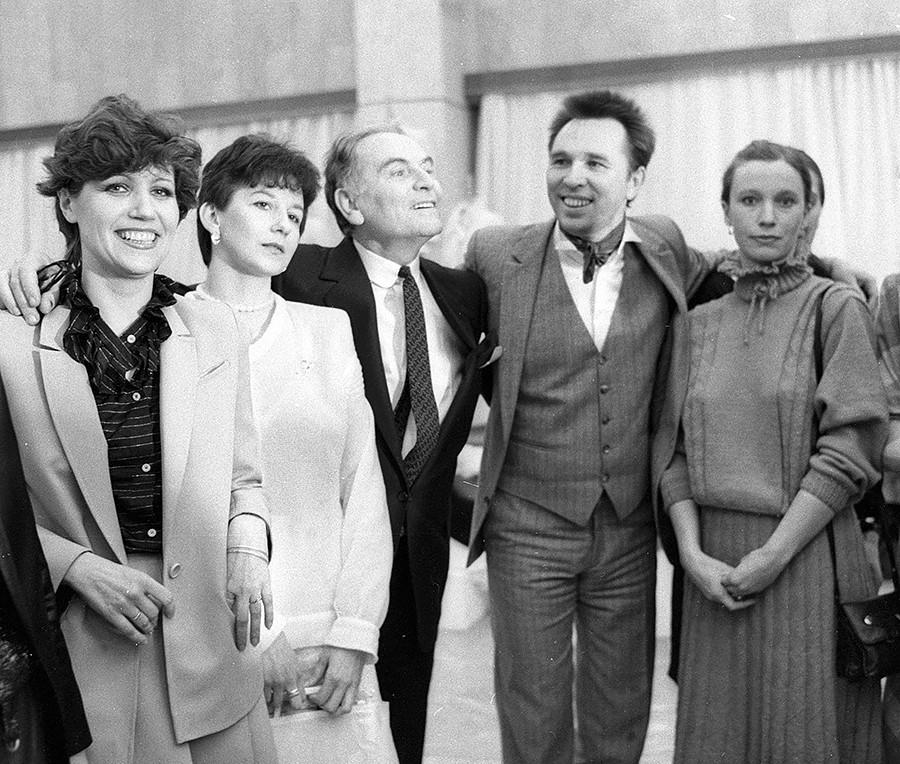
French couturier Pierre Cardin (forth from right) and Russian fashion designer Vyacheslav Zaitsev (third from right) in the Moscow Fashion House, 1983
Vitaliy Arutjunov/SputnikCurrently, Trofimov says the influence of Russian avant-garde in fashion is much more important than in Soviet times. “The opportunities that contemporary world gives us are really vast. Take exhibitions – recently, the Tretyakov Gallery made a great El Lissitzky’s exhibition – there were works that we’ve never seen before. I think that now, avant-garde is being re-thought in a much more interesting way than before. I’m glad that now, a new perception of visual culture came about – a wider, more large-scale
If using any of Russia Beyond's content, partly or in full, always provide an active hyperlink to the original material.
Subscribe
to our newsletter!
Get the week's best stories straight to your inbox